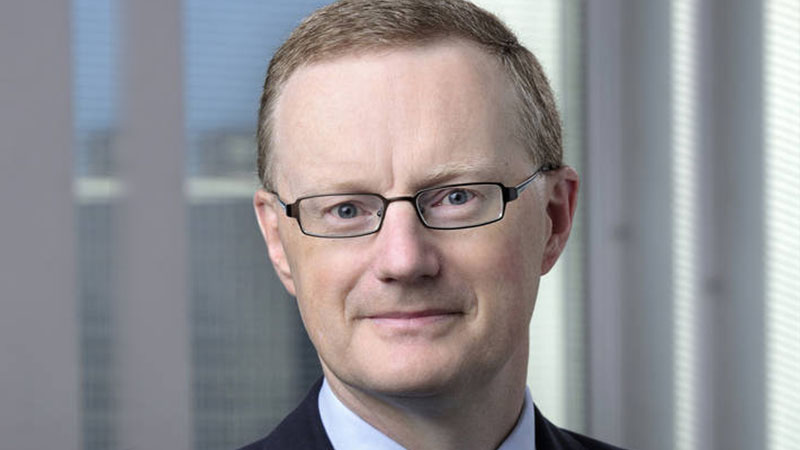Reserve Bank of Australia (RBA) governor Philip Lowe has insisted that while a recent lift in inflation has brought Australia closer to the desired conditions for raising the cash rate, it is not yet there.
Since the onset of the pandemic, the Reserve Bank has said it will not increase the cash rate until annual inflation is “sustainably” within the 2 to 3 per cent target range.
Prior to the Ukraine war, Dr Lowe said there had been evidence that supply-side issues in the global economy were gradually being resolved, with delivery times shortening, car producing climbing and the prices of semiconductors easing from their peaks.
However, the invasion of Ukraine and subsequent sanctions against Russia have created a “supply shock”, jacking up the prices of commodities such as gas and oil, as well as disrupting supply chains.
In underlying terms, inflation in Australia is at its highest since 2014, reaching 2.7 per cent in the year to December.
But for the central bank to be convinced that inflation can be sustained within the target range, it wants to see annual wages growth surpass 3 per cent.
Last year, the wage price index rose by 2.3 per cent, with the broader measure including bonuses increasing by 2.8 per cent.
“In this uncertain environment – and with the starting points for wages growth and underlying inflation in Australia – we can take the time to assess the incoming information and review how the uncertainties are resolved,” Dr Lowe told attendants at the AFR Business Summit on Wednesday (9 March).
“Given the outlook, though, it is plausible that the cash rate will be increased later this year.”
Dr Lowe also confirmed that the Reserve Bank has no “plan locked in” for the consequent upticks in rate rises, with the board to keep deciding the movements from month to month.
Economists have speculated a rate hike could take place this year, tipping the first increase will occur around August or September. The earliest prediction yet has been June, from CBA’s economists.
However, an uptick in 2022 would be two years sooner than the RBA’s previous forecasts.
For now, the central bank is hoping to wait and see how the uncertainties around wages growth and inflation play out.
Dr Lowe commented Australia “can be patient in a way that countries with substantially higher rates of inflation cannot”.
The Reserve Bank is also striving to achieve its mandate of full national employment.
“I recognise that there is a risk to waiting too long, especially in a world with overlapping supply shocks and a high headline inflation rate,” Dr Lowe said.
“But there is also a risk of moving too early. Australia has the opportunity to secure a lower rate of unemployment than has been the case for some decades. Moving too early could put this at risk.”
However, wages are not climbing at a faster rate than they were pre-COVID.
The national accounts measure of average hourly earnings rose by 2.8 per cent last year, but the metric has been more volatile through the pandemic.
“There are certainly pay rises that are much larger than 3 per cent taking place for some jobs, but the evidence is that most working Australians are still experiencing base wage increases of no more than 2-point-something per cent,” Dr Lowe said.
“This is also consistent with what we are hearing through our business liaison program.”
The RBA’s central forecast is that labour costs will pick up further as the labour market tightens – but the rise is only tipped to be gradual and there are uncertainties in the current environment.
“There is a risk if these higher inflation rates are sustained as a result of a sequence of negative supply shocks, that wages growth picks up more quickly than forecast as workers seek compensation for the higher inflation,” Dr Lowe said.
Australia also has no contemporary experience of a national unemployment rate below 4 per cent. Some states had achieved close rates of unemployment in the years leading up to the pandemic, but Dr Lowe noted wages growth had “hardly moved”.
It is also unclear what impacts will ripple across the labour market from the international borders opening.
[Related: Ukraine war weighs on RBA’s rate deliberations]
 ;
;
